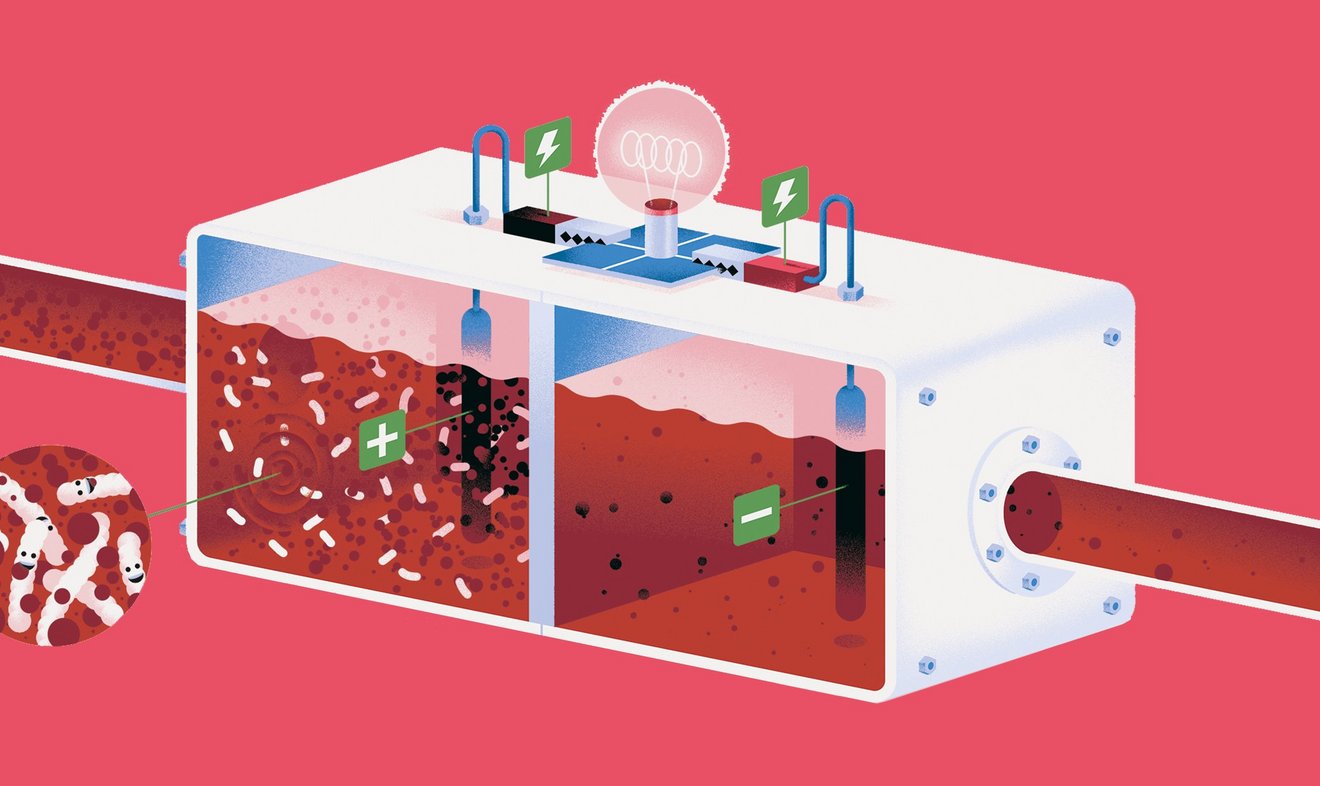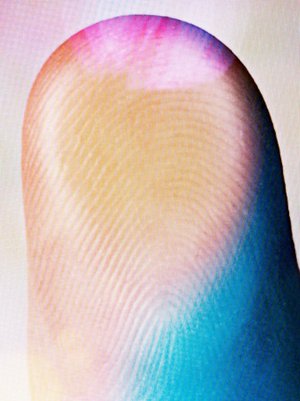IS OUR FUTURE MADE OF MUSHROOMS?
—— The construction industry is responsible for many unrecyclable and contaminated materials that end up in landfills while raw materials such as building sand, are already becoming noticeably scarce. Architecture and design could look towards a renewable, yet still under-the-radar resource: mushrooms.



